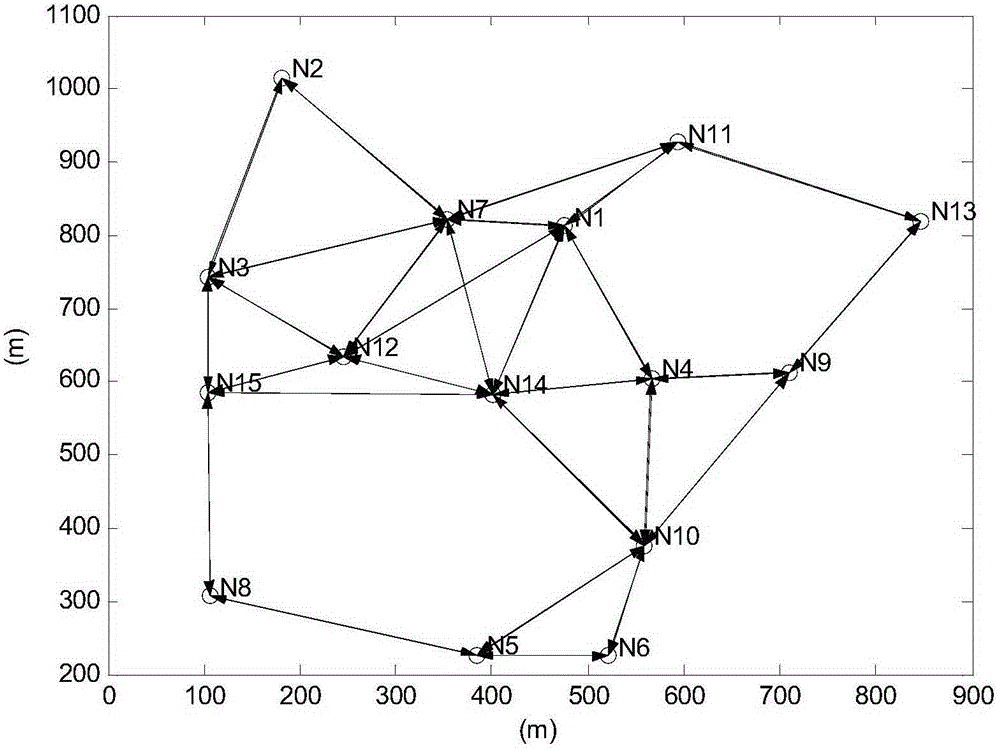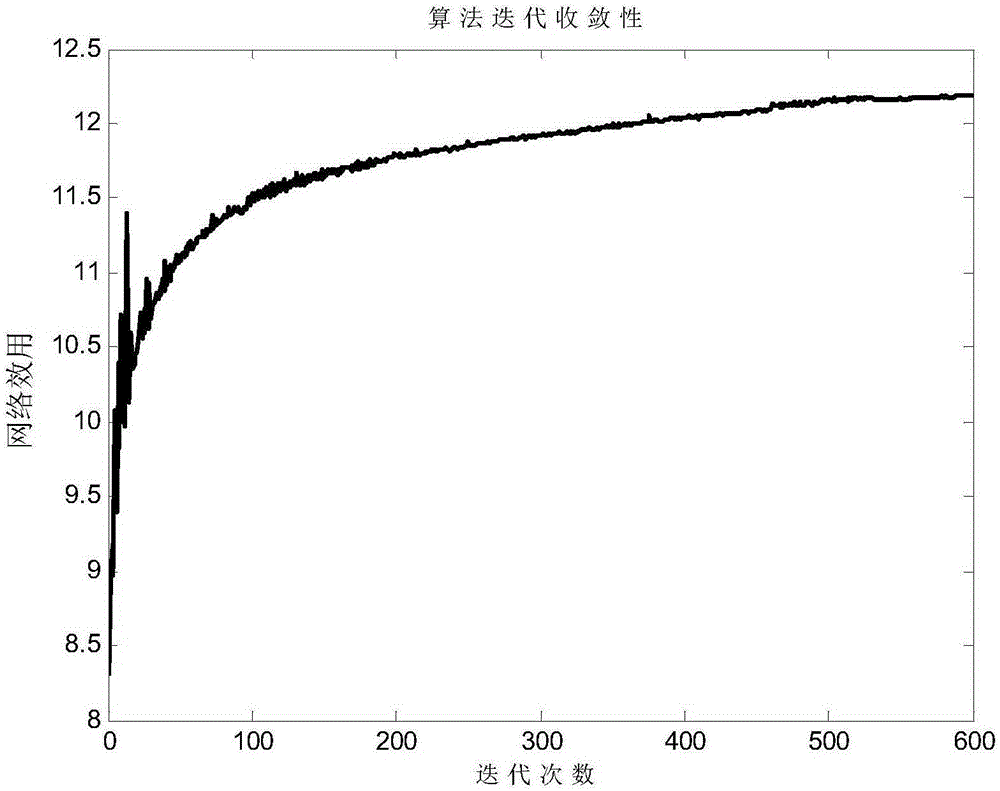Distributed cross-layer optimization method for MIMO (Multiple Input Multiple Output) wireless multi-hop network
A wireless multi-hop network and cross-layer optimization technology, applied in the field of distributed cross-layer optimization, can solve the problem that the system model has no transmission power limit and power allocation
- Summary
- Abstract
- Description
- Claims
- Application Information
AI Technical Summary
Problems solved by technology
Method used
Image
Examples
Embodiment Construction
[0044] In order to make the above and other objects, features and advantages of the present invention more apparent, further detailed description will be given below.
[0045] In the MIMO wireless multi-hop network system model, the secondary user (SU) and the primary user (PU) are equipped with multiple antennas, and the SU uses the frequency band resource shared by the PU. Assuming that each link experiences flat fading, SUs construct an FDMA MIMO multi-hop network, which can be represented as a directed graph collection of them represents all SU nodes, represent all possible links in the network. Assuming that the network is strongly connected, in a MIMO wireless multi-hop network, the source node sends data to the destination node through multi-hop and multi-path. Since non-overlapping frequency band resources are assigned to each SU's receiving and transmitting links, SUs can simultaneously transmit data without interfering with each other.
[0046] In this model, ...
PUM
 Login to View More
Login to View More Abstract
Description
Claims
Application Information
 Login to View More
Login to View More - R&D
- Intellectual Property
- Life Sciences
- Materials
- Tech Scout
- Unparalleled Data Quality
- Higher Quality Content
- 60% Fewer Hallucinations
Browse by: Latest US Patents, China's latest patents, Technical Efficacy Thesaurus, Application Domain, Technology Topic, Popular Technical Reports.
© 2025 PatSnap. All rights reserved.Legal|Privacy policy|Modern Slavery Act Transparency Statement|Sitemap|About US| Contact US: help@patsnap.com



